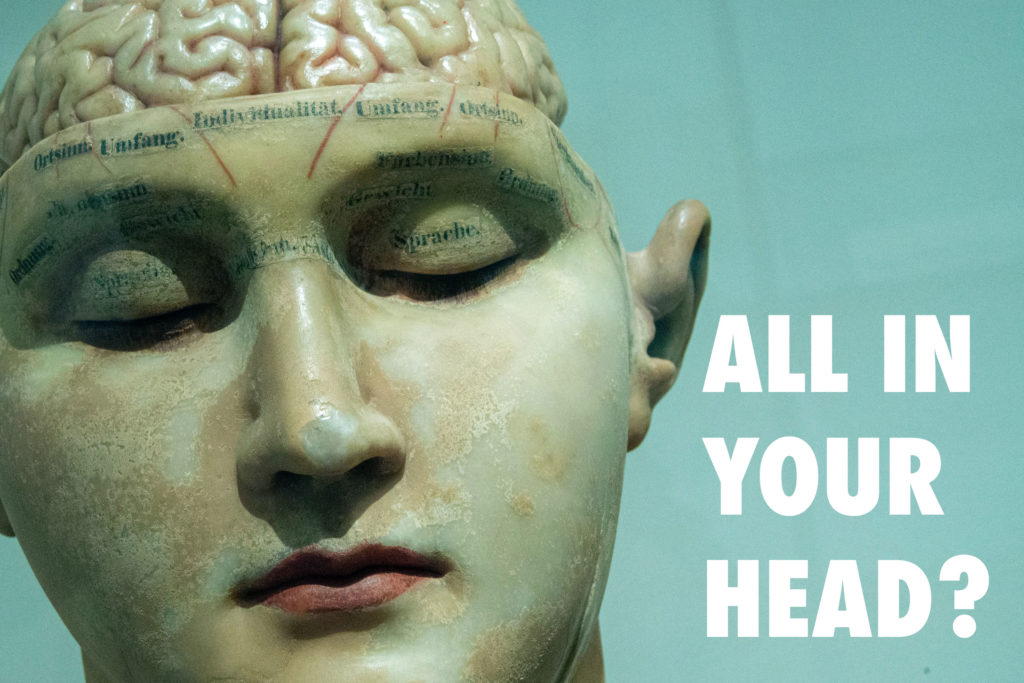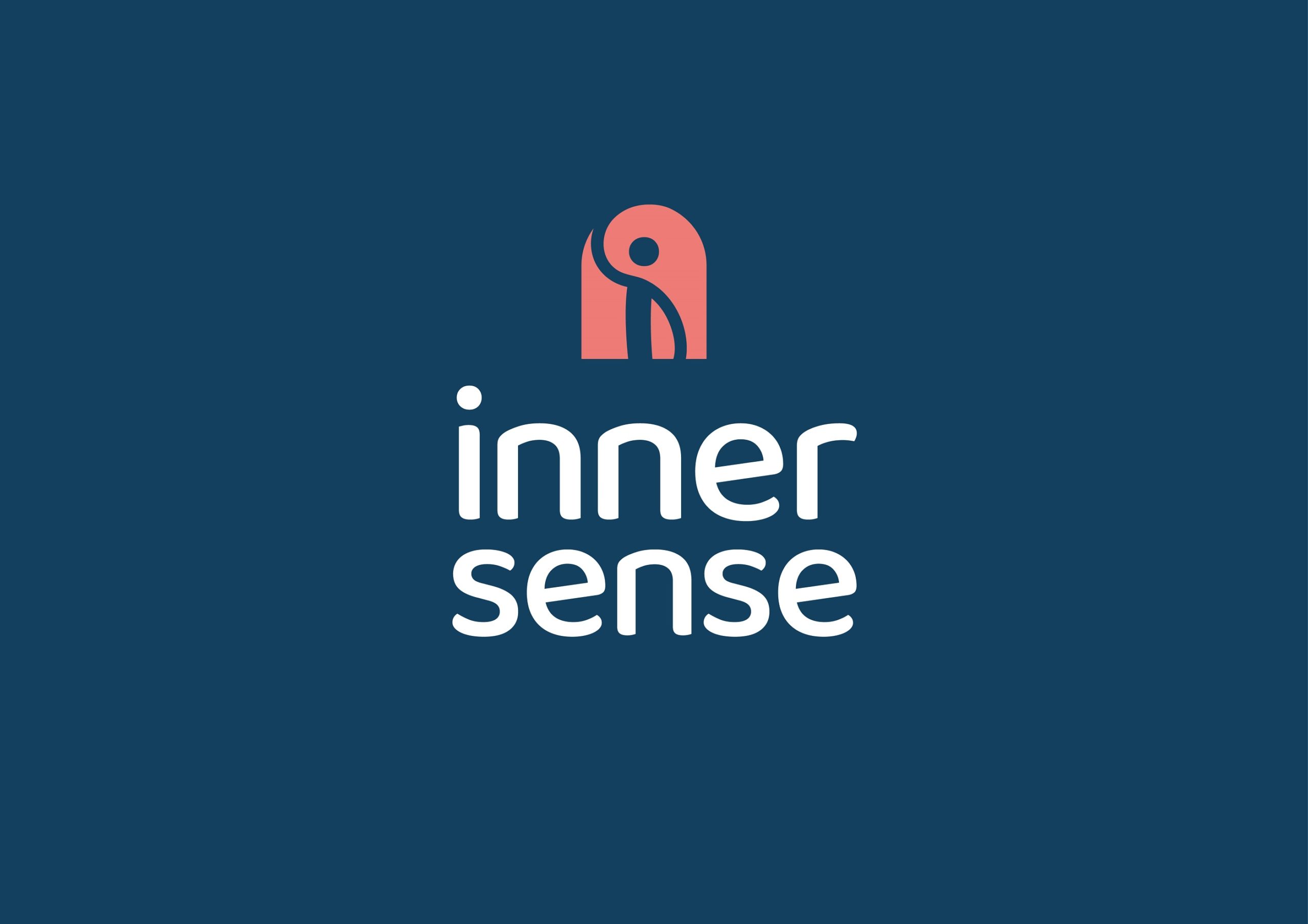Modern science almost exclusively associates mental health with the brain. While this is true to an extent, it doesn’t quite tell the whole story. New research into interoception indicates that the rest of the body may also have a significant part to play with what’s going on inside our heads – we explain more in this post.
Making Sense of It All
Exteroception. You may not have heard of this term, but you’ll almost definitely be familiar with the senses it describes:
- Taste
- Touch
- Sight
- Sound
- Hearing
These are the things that help us make sense of the world around us. We also have a sixth sense, called proprioception. This is the awareness of where one body part is in relation to another. It’s this that allows us to clap our hands with our eyes closed.
And then there’s interoception, the ability to feel what’s going on inside the body. We may associate these sensations with emotions like anxiety, anger and excitement. Crucially, interoception can involve the ability to pinpoint exactly where these feelings are coming from, for instance the stomach, chest or arms. According to new research, this ability to feel inwardly is linked to improved mental health.1
Rethinking Science
British neuroscientist and Professor of Psychiatry and Consciousness Science Dr Sarah Garfinkel has been studying the field of interoception for more than a decade. In a New Scientist article published in 2020, Dr Garfinkel explained: “Our thoughts, feelings and behaviours are shaped in part by the internal signals that arise in the body.”
The internal signals she refers to are both electronic messages that flow between the brain and our organs and tissues and chemical messages such as hormones. Dr Garfinkel’s work has exciting implications for mental health, and she and her colleagues believe improving your internal awareness may help to alleviate specific conditions linked to mental health, like anxiety and depression.2
How to Improve Your Interoception
To sharpen our sense of interoception, we need to focus on relaxation techniques that regulate the body’s processes, things like heart rate, breathing and digestion. The aim is to retrain how the body reacts to certain signals, allowing us to experience more pleasant feelings when before we may have reacted with emotions like anger and anxiety. Here’s a straightforward four-step process you can try yourself:
🔎 Step 1 – Notice: simply give bodily sensations – such as changes in heart rate, breathing and digestion – more time and attention than you may have done previously. Just bring your attention to your body
🧭 Step 2 – Explore: ask, what are the features of your feelings? Their location, intensity etc. You may also be able to explore how they relate to what’s going on in your life. In this step we are still observing with curiosity and without judgement
🧘 Step 3 – Influence: next is a chance to calm and soothe your body at times when your heart rate is rising, chest is tightening or stomach is doing summersaults. For example, by using slow, steady breathing (with a longer outbreath than in) you can make very real changes to your physiology
😌 Step 4 – Enjoy: once you’ve acknowledged what’s happening inside your body and have started to proactively influence This is all about integrating changes to how you sense interpret and influence bodily reactions into everyday life in ways that work for you. In this stage, your attention returns mostly to the outside world.
Final note – go gently! We can’t expect big changes straight away. It may take weeks or months to work through all four steps for strong bodily reactions to stressful situations.
Get More Health and Wellness Advice
If you found this post interesting, please sign up for my newsletter for more health- and wellness-related information, you can also sign up here to claim two free chapters from my book Restoring Balance.
Sources and References
Photo by David Matos on Unsplash
- Quadt L, Critchley HD, Garfinkel SN. The neurobiology of interoception in health and disease. Ann N Y Acad Sci. 2018;1428(1):112-128. doi:10.1111/nyas.13915
- Garfinkel, S. N., Mclanachan, A., & Critchley, H.D., (2017). Interoceptive Training for Anxiety Management in Autism: Aligning Dimension of Interoceptive Experience, Adie in Psychosomatic Medicine. Philadelphia, PA: Lippincott Williams & Wilkins.



